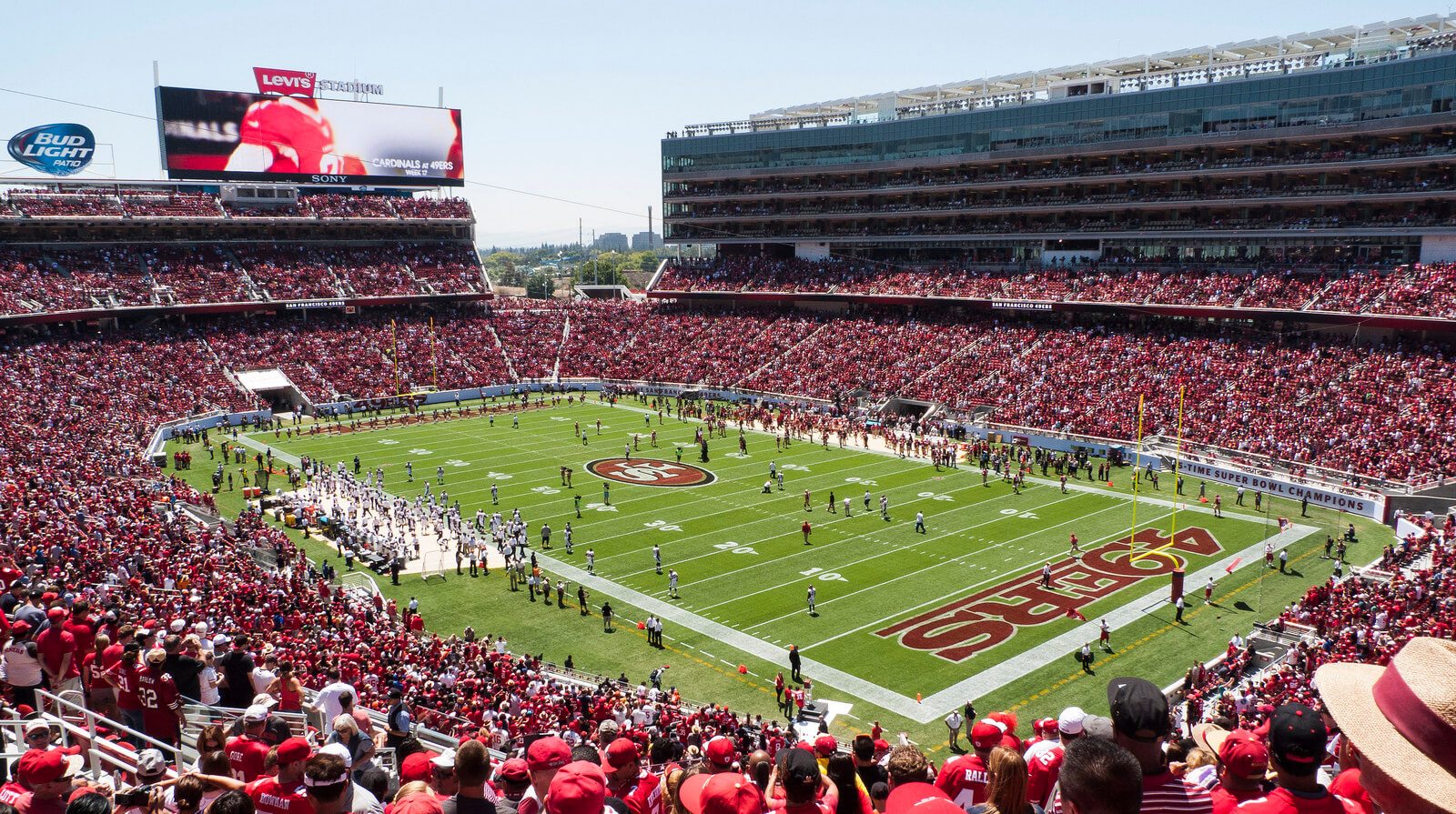What the Super Bowl halftime ads tell us about the modern day
The Super Bowl 50, arguably the most American of all American sporting events, occurred a month ago on 7 February. The event’s showcase of the National Football League’s (NFL) championship final has transformed over the years, into an all-round blockbuster entertainment extravaganza.

Beyoncé and Bruno Mars perform at the Super Bowl 50 halftime show. Image: Arnie Papp / Flickr
Indeed, the headliners of the famous ‘Super Bowl halftime show’ for this year were world-famous artists Coldplay and Beyoncé.
Even more mind boggling is that this is the third most-watched programme in American television history, with a whopping average of 111.9 million viewers.
As a result, the Super Bowl is prime to generate advertisement revenue.
Advertisements have become an inherent fact of everyday life in the modern era. In fact, Justin Lewis from openDemocracyUK states that the average British viewer is now exposed to 48 TV commercials a day. Omnipotent across all forms of media, advertisements are a by-product of the technologically innovative and consumer-driven age we live in.
Advertisement slots are important enough for companies to fight to gain broadcasting rights for mere 30 second ads in the Super Bowl. In 2015, advertisers were spending an average of $4.4 million for 30-second Super Bowl halftime ads
This year, those slots have cost a company up to $5 million and – over the last 10 years – the average cost of an ad spot has increased by 75% according to Fortune.
To see whether such costs are worth the price, marketing research and advertising technology company Fluent surveyed the before-and-after effects of five first-time advertisers. Their findings were that “the average brand lift, defined as whether viewers would recognise advertisers more after their first Super Bowl ad, was 12.7%.”
According to Fluent CMO Jordan Cohen: “It’s the one time of the year where people are not skipping commercials, and are actually watching it.”
In an age where social media is defining the way we receive information, advertising markets have profited enormously. Constant awareness of brands around us has subconsciously influenced the way we act as consumers, from non-stop exposure to advertisements on Youtube, Facebook, and almost every other mobile application and media platform.
More importantly, advertisements have increasingly become entertaining, which makes consumers willingly desire to watch them. From parodies to celebrity cameos, this is prevalent from the Super Bowl to a multitude of other markets, most notable in the UK being the John Lewis Christmas ads.
What is worrying is the amount of brand power companies are creating through tech savvy and entertaining advertisements.
Moreover, electoral politics nowadays undergoes propaganda level of advertisements, especially American political campaigns where millions of dollars are paid to advertise themselves. More often than not, the candidate with bigger advertising power tends to gain more votes, which is a prominent social issue currently.

Hank and John Green, two YouTube stars. Image: Gage Skidmore / Flickr
However, advertising today does possess numerous advantages. After all, the ease of access to receiving and producing advertisements does entail that many innovative start-ups/creators can be easily marketed and scaled up.
An increasingly marketable world means that voices from sectors and backgrounds which would have been ignored a mere decade ago can come to the forefront. In fact, ‘YouTube celebrities’ have been created from this ease of advertising, where normal people have found massive success through posting creative video content, and then getting sponsored by companies.
Nevertheless, there is an incredibly saturated level of advertising present all around us. While a more marketable world has advantages, we need to be aware of the dangers commercials – such as the Super Bowl halftime ads – possess, and learn to not be controlled by the marketing around us.

Comments